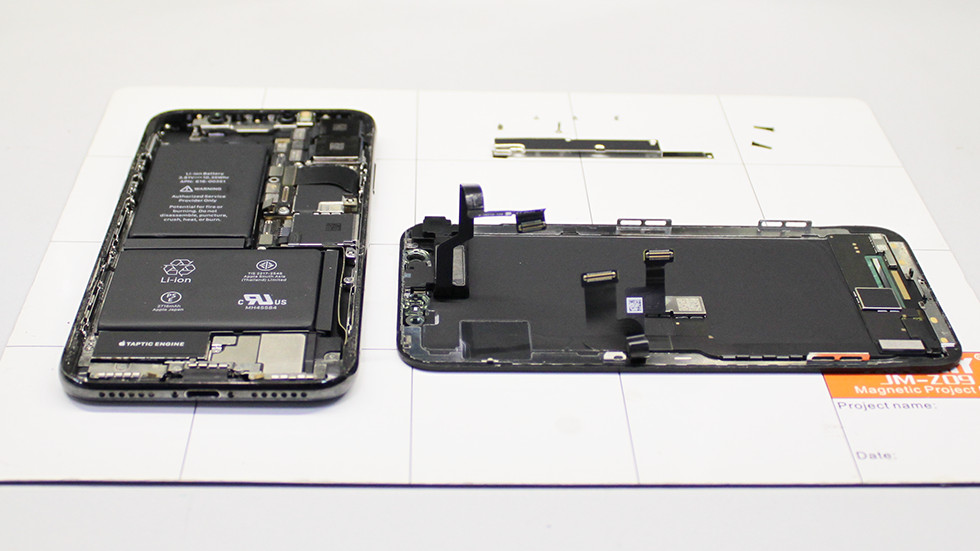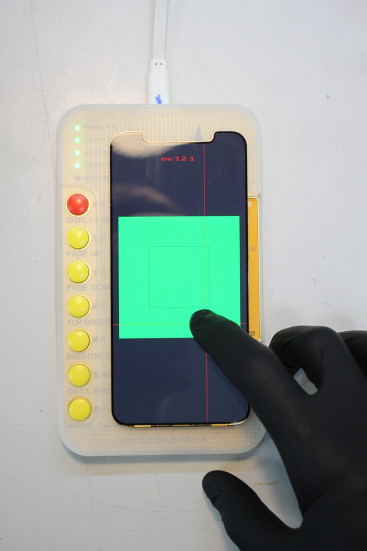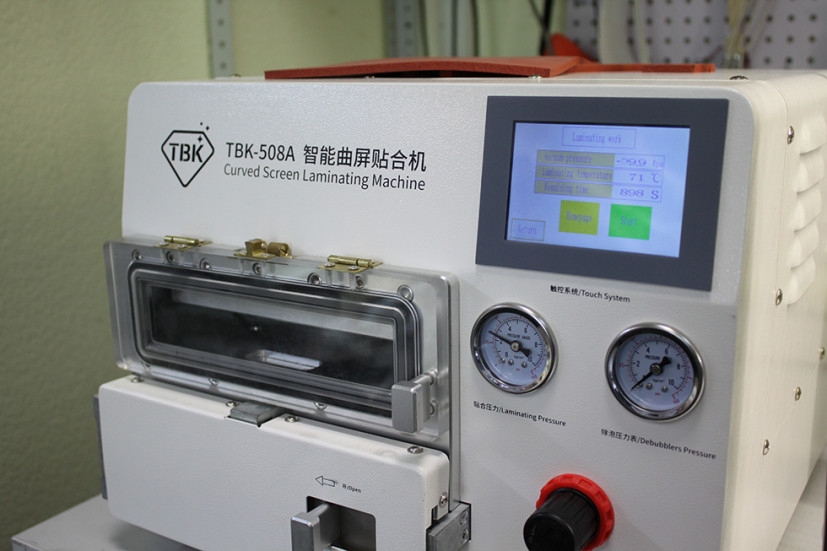
Sometimes there are smartphone users whose screen is broken and a friend of mine recently dropped his iPhone too. He replied to my offer to replace the glass, "so it works, it makes sense to spend money, plus they can spoil it even more when gluing it, and I'll change the phone later." Several times a week I re-glue the glass on iPhones and therefore decided to answer the question:
Should you change the glass?
And at the same time describe the process of gluing, dispelling the myth "make it even worse." So, in order, what could be the threat of ignoring the need to replace glass?
With scratches or even pieces of glass that have got under the skin, which is quite dangerous, since dust and dirt accumulate in the cracks. Also, you are more likely to damage the display when the gadget is dropped again, if the glass remains damaged, and you should not forget about the appearance of the device if the impression made on others is important to you.
What is the process of replacing glass on an iPhone?
First of all, we carry out a full inspection of the damaged iPhone - it is necessary to determine if the glass needs to be replaced or if the display assembly will have to be replaced, since the screen is damaged.
The symptoms that replacing the glass will not help are quite simple:
- .
- — , .
- – , .
- .
?
After a preliminary inspection, we carefully disassemble the gadget, dismantling the display module and removing the loop with proximity and lighting sensors, as well as peeling off the metal frame.

Then the damaged glass is cut with a string. Attention, the process must be carried out only on the heating table of the delaminator, since to soften the adhesive layer, uniform heating is required to a certain temperature, exceeding which can negatively affect the screen. It is also very important to cut the glass with extreme precision, otherwise the screen will be damaged.

The next step is to remove the old adhesive layer from the display and touchscreen and check the performance of the disassembled screen, whether the dismantling has led to damage.

The fourth stage is cleaning the display from dust, centering and installing a new glass with a layer of OCA film.

The next stage - the display module in two stages is connected to the screen by pressing in a special apparatus. This avoids unadhesive areas and bubbles, as well as repeated contacting the service center with a complaint that the glass has suddenly come off.

And the final stage is gluing a new frame, a loop with sensors and installing a dust-proof layer along the contour of the case. And of course, we collect the gadget and conduct a full check of the device.

If the sensor is faulty, and the tests revealed that the matrix is not damaged, new stages are added to the glass replacement process:
- We cut off the faulty sensor from the matrix surface with a string and disconnect it from the display cable.
- The OCA film is glued to the new glass using an autoclave in two stages, and after the matrix and glass are connected, the sensor is connected to the display cable. Also, when replacing the sensor, it is necessary to reflash the controller, this will preserve the correct operation of the TrueTone function.

My advice is not to wait indefinitely to replace the defective glass, risking nasty scratches or, in serious bad luck, increasing your repair bill by the cost of the display.
Company's secret
, . , , , , , .
Attention, if the iPhone falls into the water and is damaged, it is in your best interest to contact the service center as soon as possible, this will help reduce the repair bill. Do not forget to turn off the flooded gadget as early as possible, this is very important for its “health”.